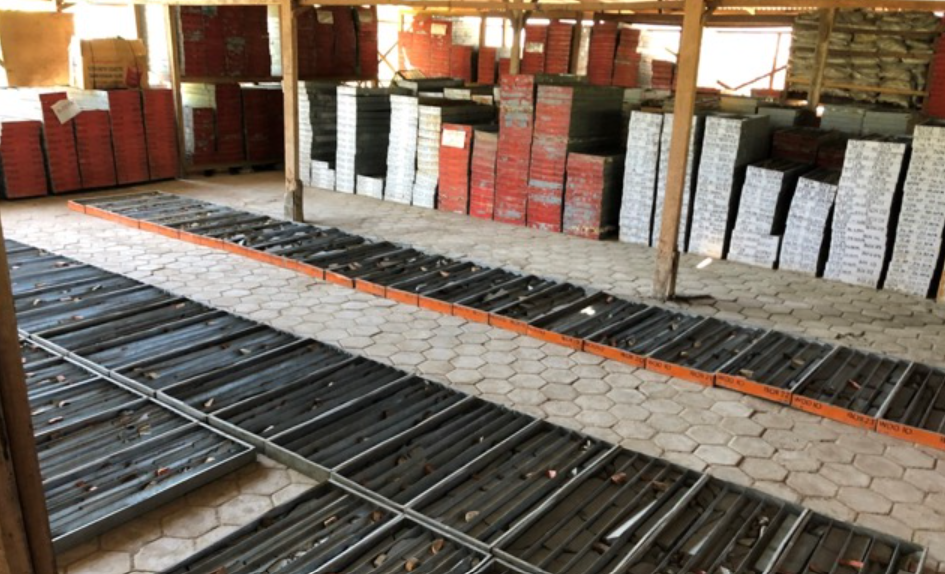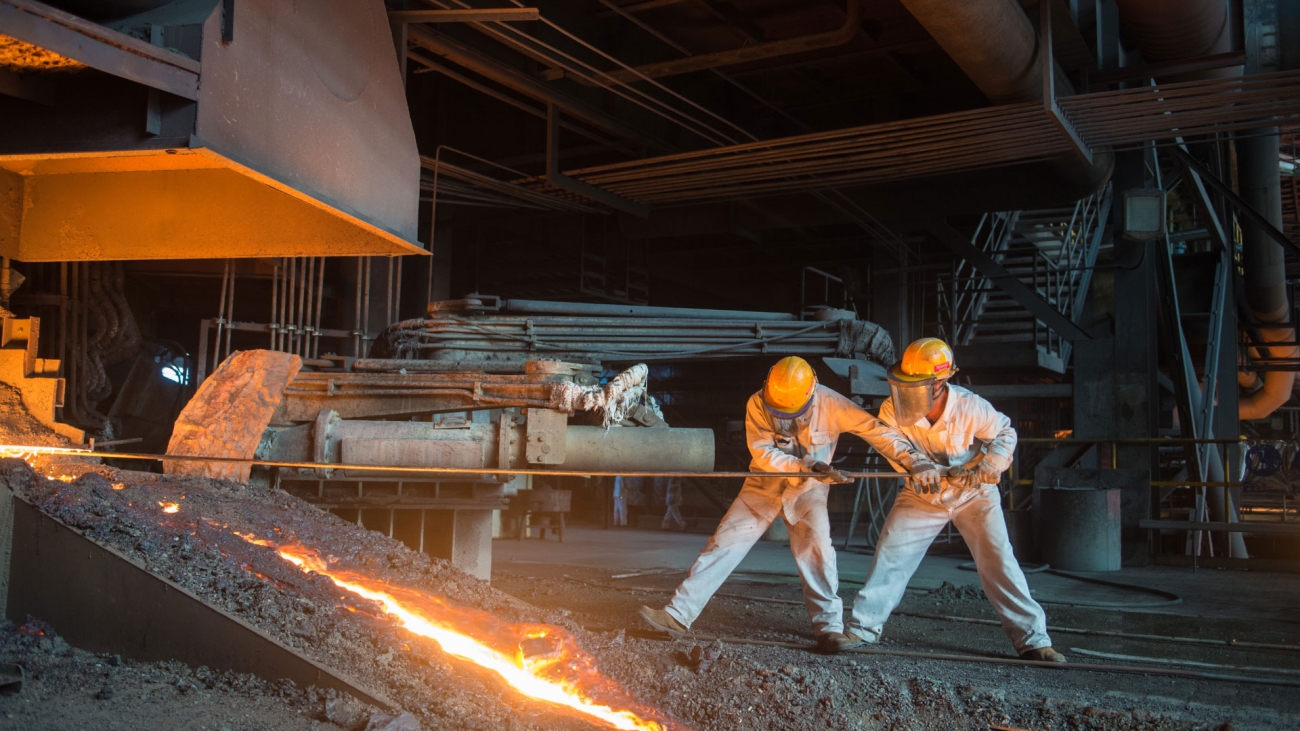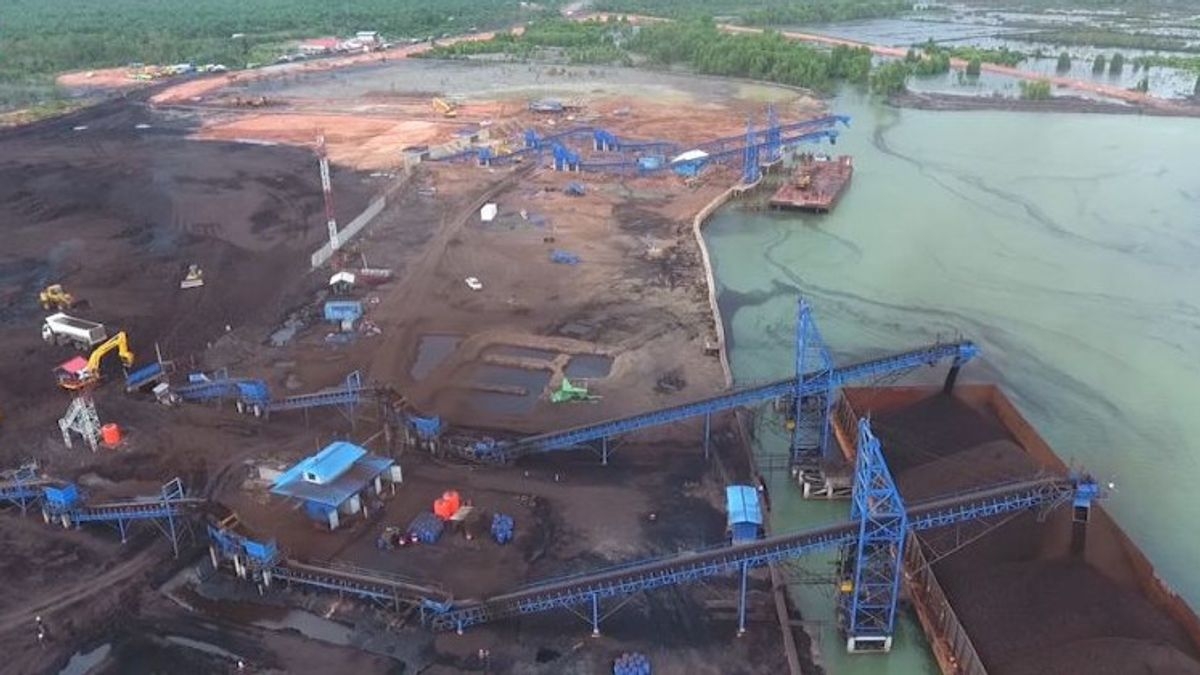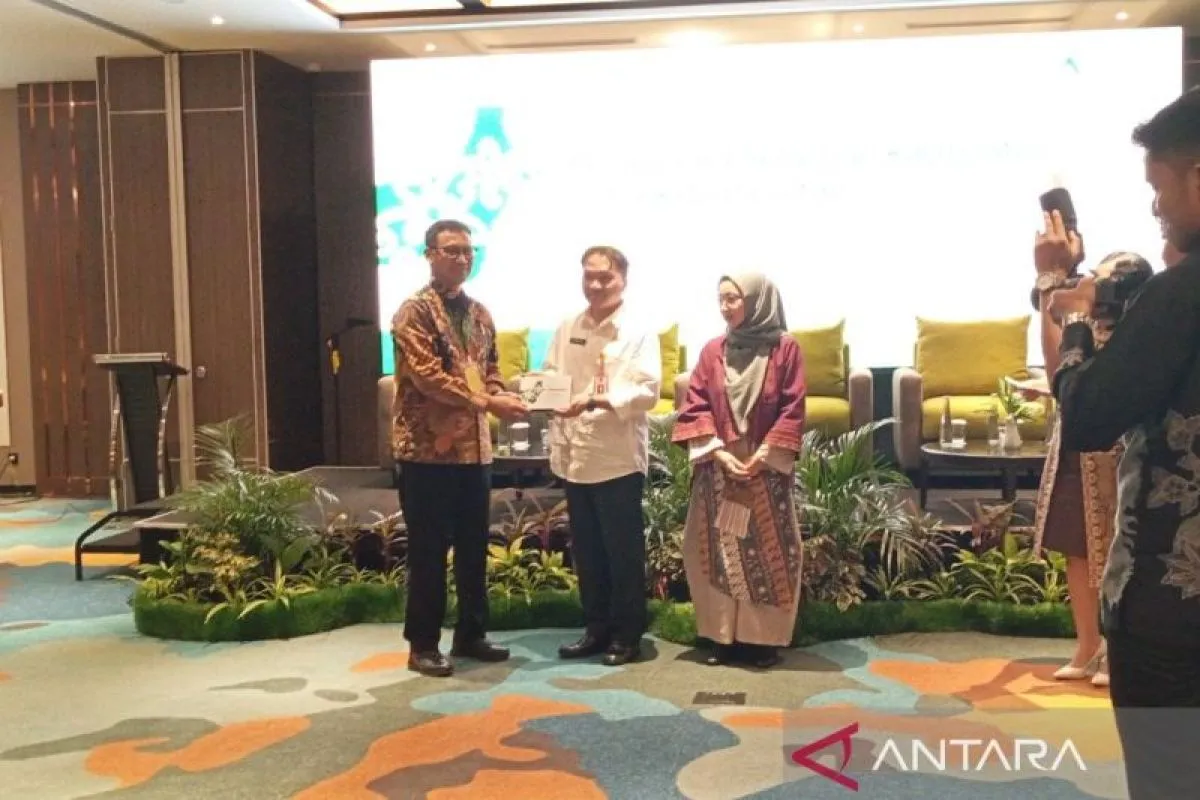Inalum Increases Aluminium Production Capacity
Thu 23 Nov 2023, 12:00 PM
Share
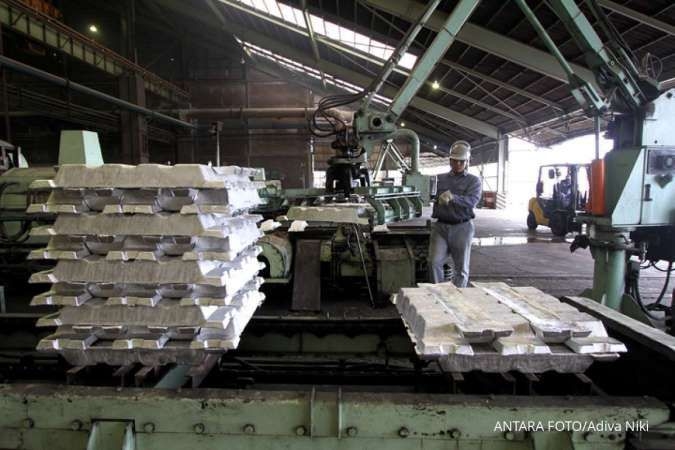
PT Indonesia Asahan Aluminium (Persero) aims to increase its aluminum production capacity to 300,000 tons per day by 2026.
Melati Sarnita, the Business Development Director of Inalum, stated that the increase in production capacity is intended to meet the demand for aluminum in the market.
"As information, the total domestic aluminum demand currently reaches 1.2 million tons per year, while Inalum is still the main supplier of aluminum in Indonesia with a capacity of only 250,000 tons per year," said Melati to Kontan.co.id on Friday (17/10).
As part of Inalum's expansion agenda, the addition of aluminum production capacity from 250,000 to 300,000 tons is planned through an additional 25,000 from the Optimalization Pot Project and 25,000 from the Upgrading Pot Project, which is currently underway.
Besides enhancing existing facilities, Inalum also plans to increase capacity by adding a new 600,000 tons per year smelter in Kuala Tanjung. Furthermore, the company is continuing the Alumina Refinery Expansion Phase 2 project in Mempawah, West Kalimantan.
"Currently, it is in the final investment decision (FID) preparation phase, scheduled for the second quarter of 2024," said Melati.
Melati did not disclose the budget allocated for financing the company's expansion agenda. However, she confirmed that the funding source comes from Inalum's internal cash.
"This increase in production capacity uses Inalum's internal funding sources," concluded Melati.
In line with Melati's statement, domestic aluminum demand exceeds domestic production capacity. Data from the Central Statistics Agency shows that Indonesia has been importing hundreds of thousands of tons of aluminum and related goods annually for at least the past five years. The import value has reached USD 1 billion each year.
Specifically, the detailed import volume of aluminum and related goods in the last five years, according to BPS data, is as follows: 814,363.36 tons (or USD 2.17 billion) in 2018, 750,070.71 tons (USD 1.89 billion) in 2019, 606,730.26 tons (USD 1.41 billion) in 2020, 722,711.86 tons (USD 2.08 billion) in 2021, and 713,821.98 tons (USD 2.36 billion) in 2022.
Cumulatively, Indonesia has imported 3.60 million tons of aluminum and related goods from 2018 to 2023, with a total import value of USD 9.92 billion from 2018 to 2022.
It is not without reason that Indonesia still imports aluminum. Apart from the high demand, there is also the issue of limited processing capacity at the upstream level.
Based on data from the Association of Indonesian Mining Professionals (PERHAPI), Indonesia has substantial bauxite resources, with 6.2 billion tons, and reserves of 3.2 billion tons. With these resource figures, PERHAPI estimates that the endurance of bauxite reserves could exceed 100 years, assuming current demand levels.
For your information, Indonesia's annual bauxite production can reach up to 60 million tons. However, the domestic capacity to process or refine bauxite into alumina, a compound that can be further processed into aluminum, is still limited.
Rizal Kasli, the Chairman of the Association of Indonesian Mining Professionals (PERHAPI), stated that bauxite ore processing in the country currently consists of Smelter Grade Alumina (SGA) with a total input capacity of 12 million tons per year and Chemical Grade Alumina (CGA) smelters with a total input capacity of 1-2 million tons per year.
Thus, domestic bauxite ore processing facilities can currently absorb 13 million to 14 million tons of bauxite ore per year. This underscores the importance of investing in the development of smelters to maximize the potential of domestic bauxite ore.
"The (bauxite processing capacity) cannot (accommodate annual bauxite ore production) as long as there are no new smelters," said Ronald to Kontan.co.id on Wednesday (15/11).
Image source: ANTARA FOTO/Adiva
Source: www.industri.kontan.co.id/Inalum Genjot Kapasitas Produksi Aluminium
Source: https://industri.kontan.co.id/news/inalum-genjot-kapasitas-produksi-aluminium



